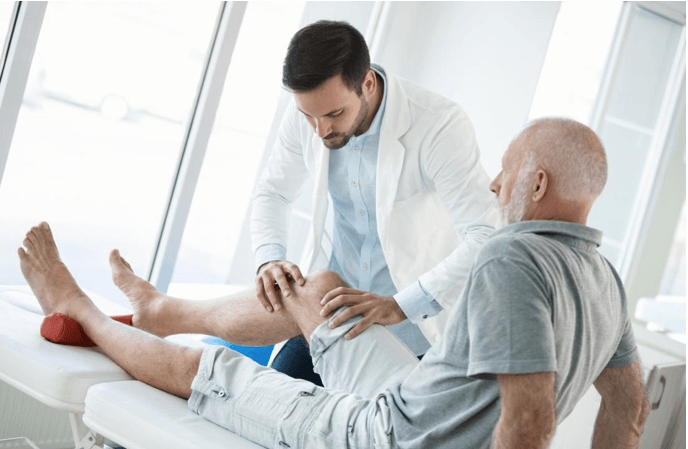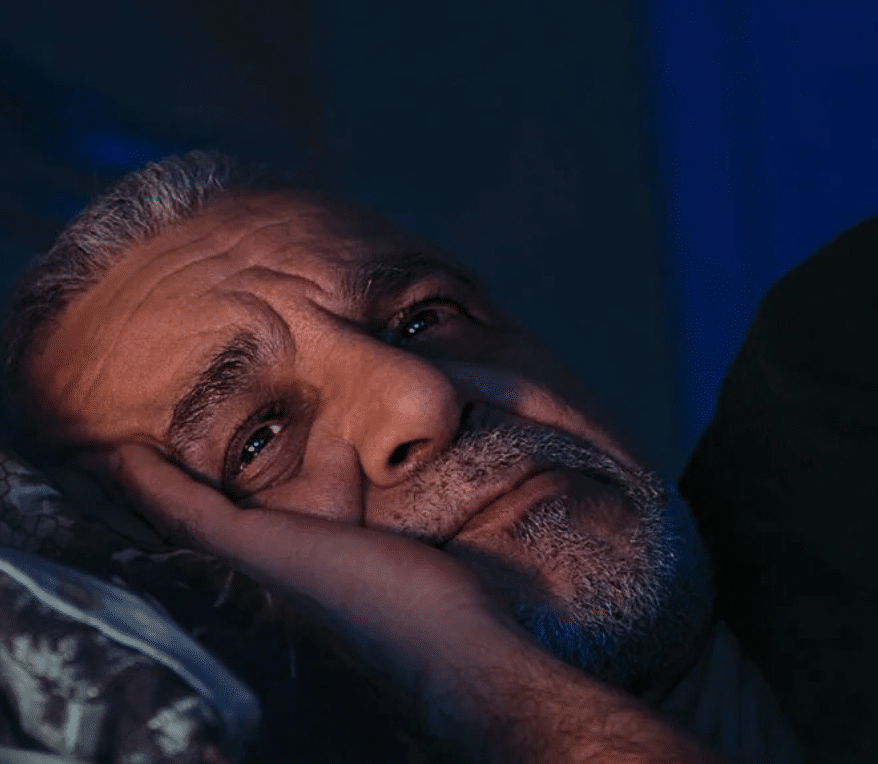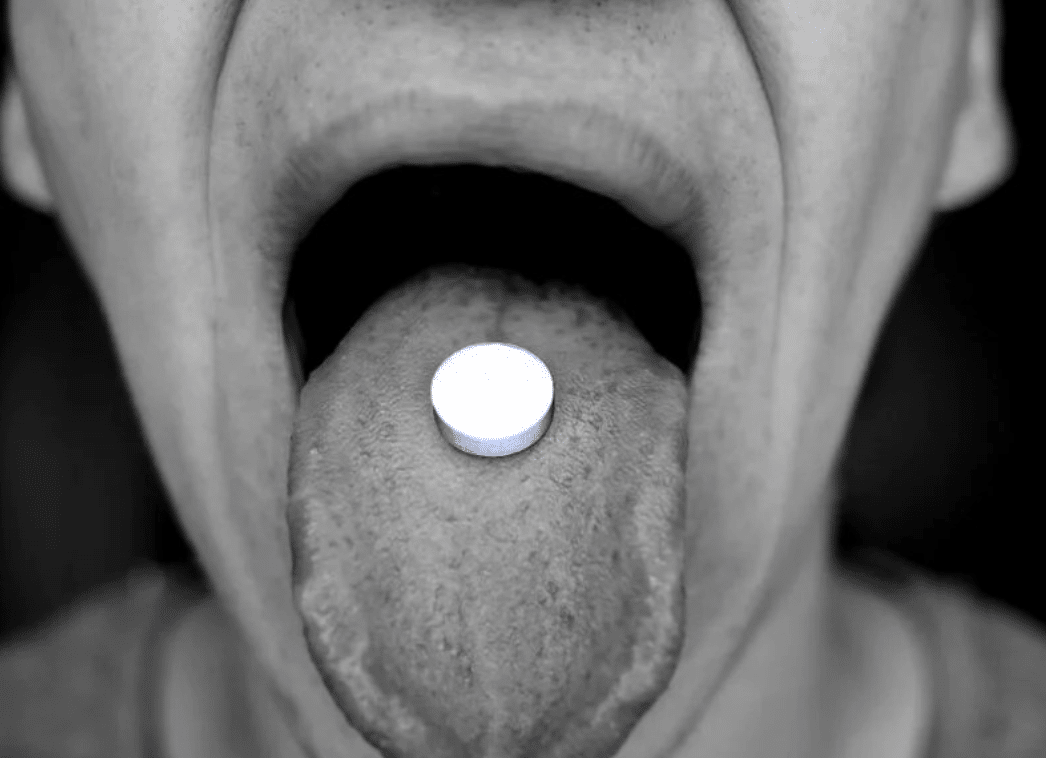Iliotibial (IT) band syndrome is often caused by repetitively bending the knee during physical activities, such as running, cycling, swimming, and climbing.
The IT band is a group of fibers that run the length of the upper leg, from the hip to the top of the shin.
When overused, the IT band can become tightened. The tightening can cause the band to rub against the outside of the knee. The rubbing can lead to pain and swelling.
IT band syndrome may begin as mild pain and intensify if left untreated. The best treatment is often to stop doing the activity that is causing the pain. In more severe cases, surgical options may need to be considered.
Symptoms

Iliotibal band syndrome may cause pain around the knee, during or after exercise.
Symptoms of IT band syndrome may vary slightly from person to person in intensity and how they appear.
Some symptoms include:
- pain when running or doing other activities involving the outside of the knee
- a clicking sensation where the band rubs against the knee
- lingering pain after exercise
- the knee is tender to touch
- tenderness in buttocks
- redness and warmth around the knee, especially the outer aspect
Symptoms typically begin a short time after starting the physical activity.
The most common symptom of IT band syndrome is pain on the outside of the knee that gets worse if the person continues the activity causing the pain.
As a person continues to run or participate in a similar activity, the IT band will continue to rub against the outside of the knee, leading to swelling and severe pain.
Treatment options
IT band syndrome is often relatively easy to treat. There are two main types of treatment for the condition:
- reducing pain and swelling
- stretching and preventing further injury
Some of the most common ways to treat IT band syndrome include:
- resting and avoiding activities that aggravate the IT band
- applying ice to the IT band
- massage
- anti-inflammatory medications, which are often available over the counter
- ultrasounds and electrotherapies to reduce tension
The most important treatment is to stop the activity that causes the pain altogether. Resting for up to 6 weeks will typically allow the leg to heal fully.
Stretches and exercises

If any stretches cause pain or significant discomfort, they should be stopped immediately.
Anyone who runs enough can develop IT band syndrome. However, there are some stretches and exercises that help both prevent and treat the condition.
People should aim to do a combination of stretching and specific exercises that focus on the IT band. Some of these exercises and stretches are described below.
Glute stretch
This stretch is easy to perform.
- lay flat on the back with one leg outstretched
- lift the leg and, holding the leg at the shin, pull the knee toward the midsection
- gently pull the leg until feeling a stretch
- hold the stretch for a few seconds
Standing stretch
This stretch should be felt on the outer muscles of hamstring.
- stand with both feet together
- while holding the supporting leg, place one foot behind and just past the other foot
- lower the body, bending at the supporting knee
Foam roller stretch
This exercise helps massage out and gently stretch the tight IT band.
- place a wide foam roller on the ground or a yoga mat
- using the forearm for support, lay sideways on the roller
- with the roller positioned under the hip, move the body forward so that the roller moves up and down the leg as far as the knee
Foam rollers are widely available to purchase from sports stores and online.
Standing or lying hip abduction
In the standing position:
- stand with both legs together
- lift one leg to the same side away from the center
- repeat with both legs
In the lying position:
- lay on the side and lift the leg into the air
- repeat 10 to 15 times on each side.
A person may add a weight or resistance band to their stretching as they get stronger, which are also available online.
Hip abduction machine
People with access to a gym may be able to use a piece of equipment that targets the hip abductors, the muscles that move the leg out away from the body. Stretching these muscles can help treat and prevent knee pain.
The machine requires the user to sit with their legs together, their knees bent, and their feet on the footrest.
The machine has pads attached to a weighted pulley system designed to sit on the outside of the legs just above the knees. The person then opens their legs, pressing against the machine’s resistance
Training modifications
A person who has experienced IT band syndrome may want to speak to a physical therapist to identify ways in which they can modify the way they run or perform other exercises.
Training modifications may include:
- using inserts for shoes to correct foot arch collapsing
- slowing any increases in running distance
- avoiding running on sloped surfaces
- avoiding downhill exercise
Things to avoid
A person with IT band syndrome should immediately stop any activity that is causing symptoms. Often, this means no running, as well as avoiding cycling, long flights of steps, and other activities that involve bending the knees.
When getting back into these activities, people often need to ease themselves back in slowly, to help avoid the syndrome from coming back.
Runners should always increase the distance of their runs gradually.
How many pounds have you lost this month? At Dieta Efectiva you can lose 10-12 lbs your first week and 2 – 5 lbs every week after. Visit us dietaefectiva.net to learn more about our program
BG:NMT








